Frank Auerbach, Tate Britain, until 13 March 2016
The people and places of London have long been a source of inspiration to the Berlin-born artist Frank Auerbach, who fled to England as a refugee before the Second World War. In Tate Britain’s exhibition, 70 paintings and drawings made since the 1950s provide an overview of the changes that have taken place in Camden Town, where Auerbach’s studio is located. Painting every day, he has also maintained a long-term connection to the models for his portraits: Catherine Lampert, the curator of the exhibition, has sat for the artist every week for 37 years. Major funding is provided by Maryam and Edward Eisler. V.B.
Giacometti: Pure Presence, National Portrait Gallery, 15 October-10 January 2016
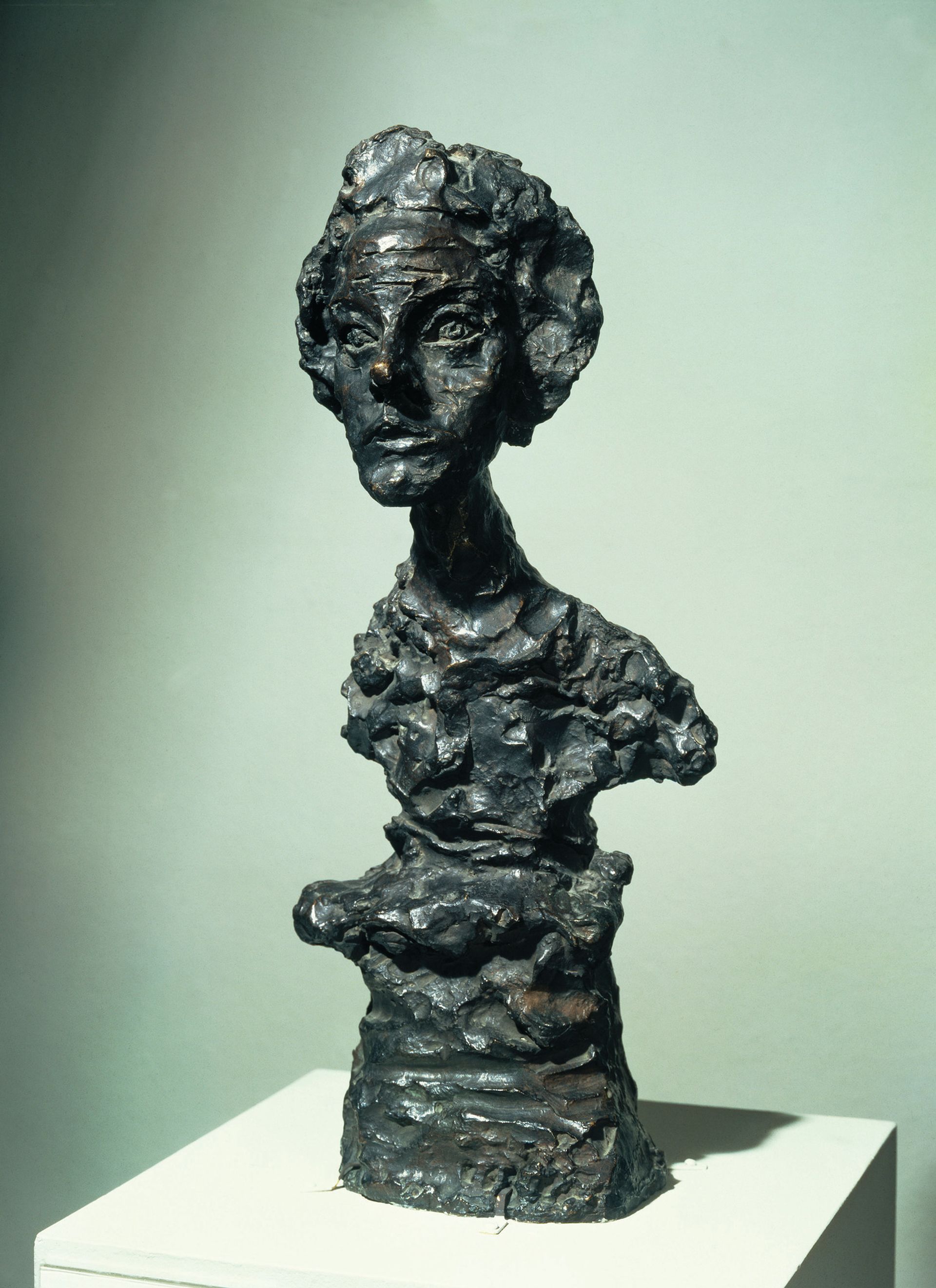
Alberto Giacometti’s gaunt figures have long appealed to philosophers. The existentialist Jean-Paul Sartre wrote in 1948 of his friend’s “search for the absolute”, while in 1963, Sartre’s protégé Jean Genet saw Giacometti’s repeated forms as a sign of the human condition: “the loneliness of being exactly equivalent to all others”. With a title borrowed from Sartre and one oil portrait of Genet among more than 60 paintings, sculptures and drawings, this show presents Giacometti as a committed portraitist, who observed a sel ect group of models from his teenage beginnings to the end of his life. The exhibition is sponsored by Bank of America Merrill Lynch. H.M.

Goya: the Portraits, National Gallery, until 10 January 2016
More than 60 of Francisco Goya’s 150 portraits will be assembled for this show, offering a fresh perspective on the Spanish Romantic master’s work. “Goya’s portraits are portals into the different aspects of his mind and creativity,” says Xavier Bray, the chief curator at the Dulwich Picture Gallery and the show’s organiser. Among the discoveries is a portrait of the aristocratic military officer Valentín Bellvís de Moncada y Pizarro (around 1795), which has never been exhibited and was known only from a small black-and-white photograph. By coincidence, the show is the first exhibition to open under the National Gallery’s new director, Gabriele Finaldi, a Spanish and Italian specialist who was until August the director of collections at the Prado. M.B.
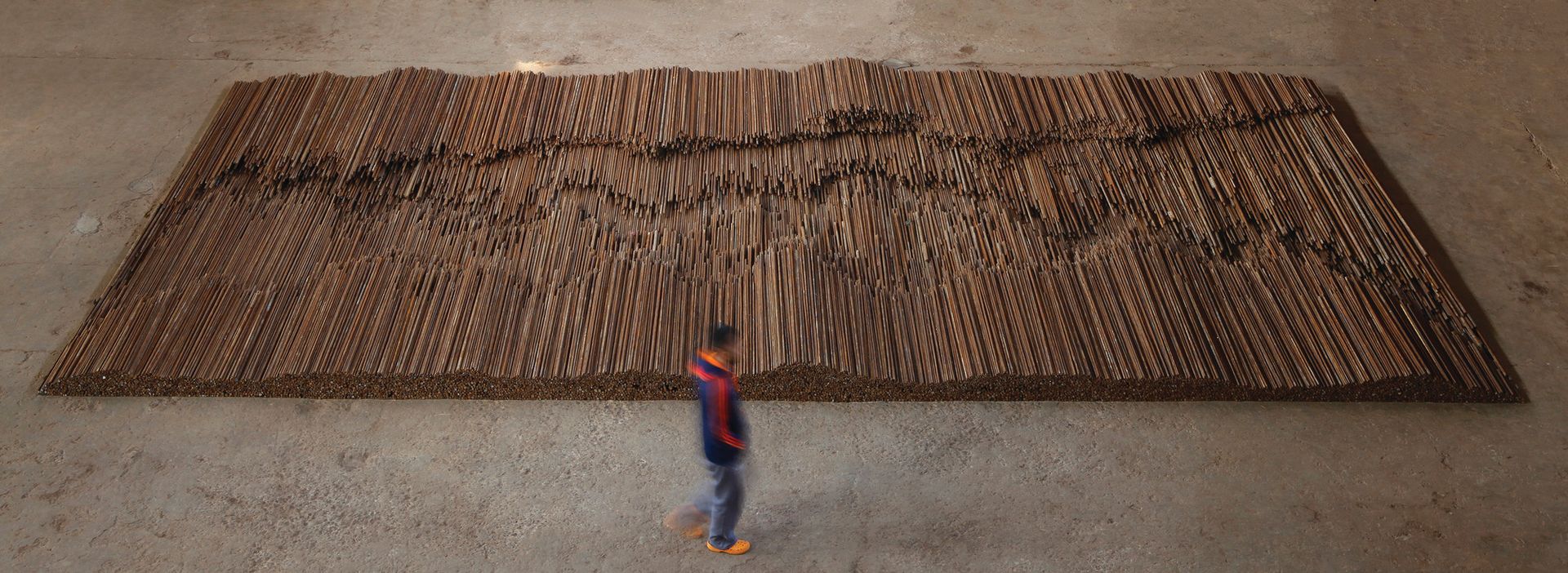
Ai Weiwei, Royal Academy of Arts, until 13 December
Ai Weiwei's first institutional survey in the UK includes works ranging from 1993 to the present. One of the highlights is a new iteration of Straight (2008-12), which is made of stacked steel rods collected in the aftermath of the 2008 Sichuan earthquake. The work can weigh “up to 90 tonnes” but the version shown in the academy’s galleries will probably weigh less as “we don’t want to bring the RA to its knees”, says Tim Marlow, the director of artistic programmes at the Royal Academy. The academy has also employed a novel way of raising £100,000 for a site-specific installation of Ai’s Tree sculptures (started in 2009) in the academy’s courtyard. Through the use of crowd-funding platform Kickstarter, members of the public could donate in return for various “rewards” ranging from digital images of the artist to invites to the “red carpet” opening. J.S.
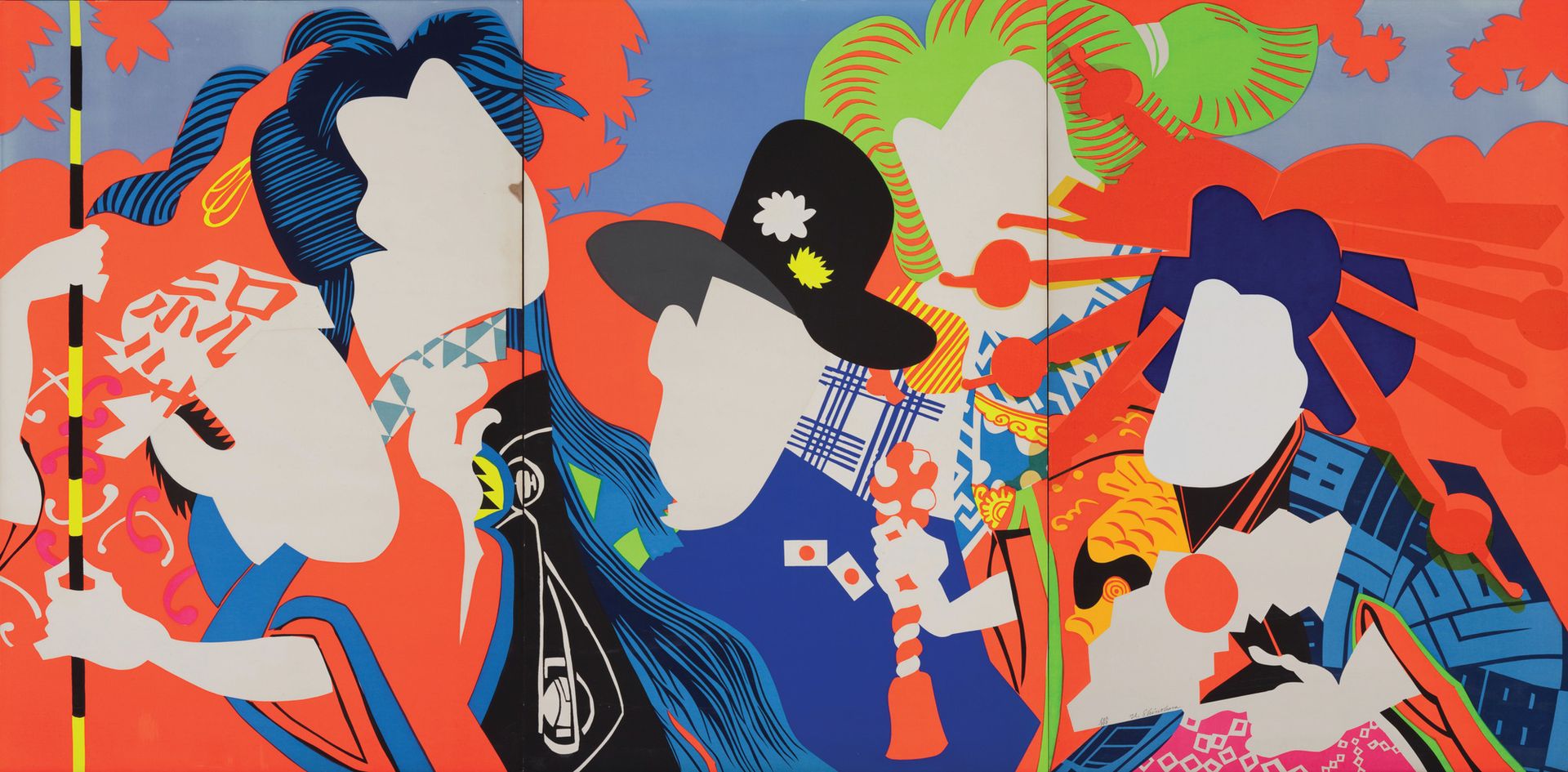
The World Goes Pop, Tate Modern, until 24 January 2016
There are no works by Andy Warhol or Robert Rauschenberg in this show, says Flavia Frigeri, the exhibition’s co-curator. Instead, Frigeri and her co-curator Jessica Morgan have researched the movement’s overlooked flowering, “from Japan to Brazil, Slovakia to Spain”, Frigeri says. The curators discovered “many Pops” on their travels, some (but not all) inspired by Anglo-American trailblazers. In Brazil, after the 1964 military coup, which had the tacit support of the US government, artists like Marcello Nitsche made art that referred to political power and powerlessness. Artists behind the Iron Curtain became aware of Pop art through illustrated magazines. And each nation’s own consumer culture provided source material for artists keen to reject heavy-handed, officially approved figurative art. Visitors to Tate Modern should not miss Abraham Cruzvillegas' inaugural Hyundai Commission for the Turbine Hall. J.P.

Ben Rivers, Camden Arts Centre, until 29 November
Fresh from his Artangel-produced project in the atmospheric backstage areas of the former BBC television centre in West London, Ben Rivers is showing a series of films, including two typically poetic and slow-burning new works. One focuses on Rose Wylie, an artist who has worked in relative obscurity for decades before attracting huge attention in recent years—like many of Rivers’ subjects, she is an eccentric but engrossing presence. The other new work is a elegiac portrait of the volcanic Pacific island of Tanna, filmed just before it was devastated by Cyclone Pam. Rivers has also curated an intriguing group show, Edgelands, featuring images of people and places on the margins of society. B.L.
The Fabric of India, Victoria and Albert Museum, until 10 January 2016
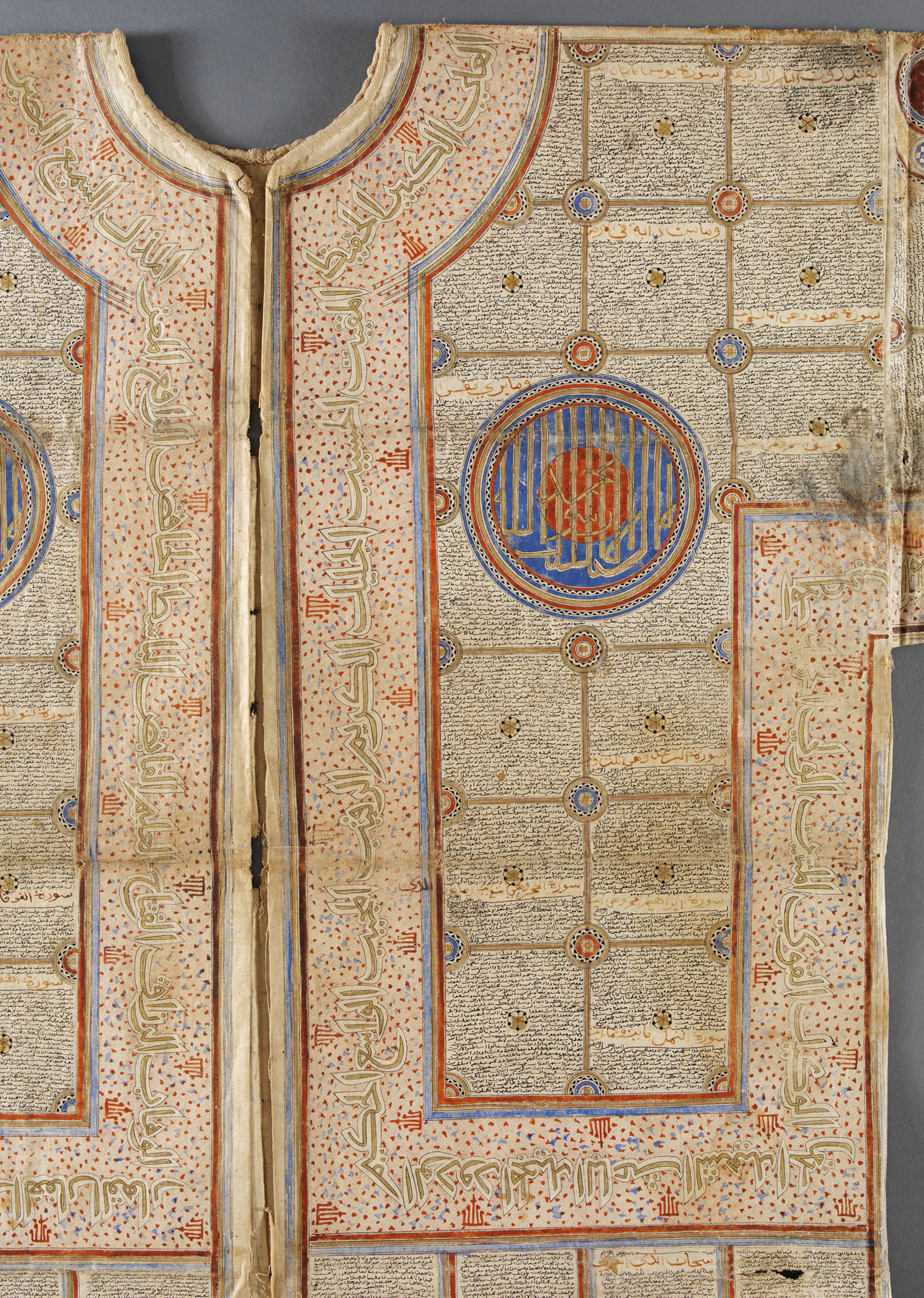
A 500-year-old “wearable book” kept in storage at London’s Victoria and Albert Museum (V&A) for 80 years made its public debut this month, thanks to the institution’s textile conservators, who have painstakingly prepared it for display in this new show. The talismanic shirt, beautifully inscribed with all 6,000 verses from the Koran, would have been worn by those seeking protection in battle and from other dangers such as disease, famine, travel and childbirth. Many such garments were made in Iran and Turkey, but the Bihari script written on its starched cotton suggests that this one was made in India between 1480 and 1520. The piece is among the 200 objects on show exploring the history of handmade textiles from India. E.S.

Eddie Peake: the Forever Loop, Barbican, until 10 January 2016
Over the past few years, Eddie Peake has been propelled to art-world prominence by his ambitious, often sexually provocative use of live performance, dance and specially composed music, which he frequently combines with paintings, sculpture and architectural installations. Peake first attracted widespread attention by staging a naked five-a-side football match—the teams were distinguished by their socks—at the Royal Academy of Arts in 2012, while still studying at the RA Schools. Before graduating, he created dance performances for the Chisenhale Gallery, Tate Modern’s Tanks and Performa 13 in New York, as well as having his first major show at White Cube; he is the first young British artist to be taken up by the gallery for some time. Now, the 34-year-old artist is staging a multimedia gesamtkunstwerk for the Curve, a 90m-long gallery at the Barbican, London—his largest show yet. L.B.
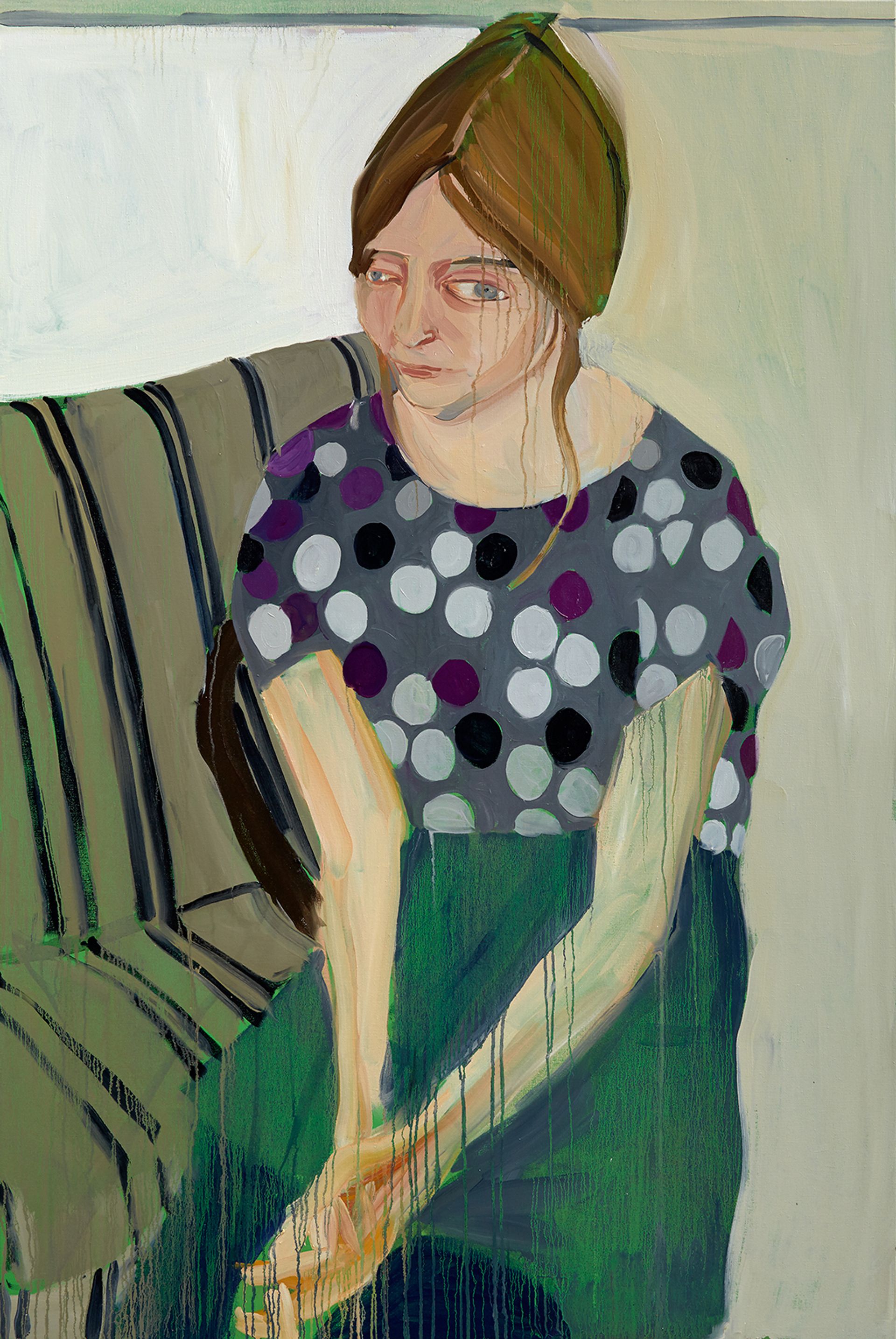
Then For Now, Delfina Foundation, until 14 November
Many great artists in Britain once relied on the generosity of Delfina Entrecanales. Established by the Spanish art patron in 1988, the Delfina Studio Trust offered studio spaces and other facilities—including subsidised lunches at its award-winning restaurant— to artists including Mark Wallinger and Tacita Dean. "I got to know many people as a result of those lunches," Dean says. "I even remember meeting Thomas Demand there, which is strange to think, as I’m still sharing a studio with him nearly 20 years later." In 2007, Entrecanales founded the Delfina Foundation, which continues to support international artists through residencies and exhibitions. Now, the artists are giving back through a fundraising exhibition organised by the artist Chantal Joffe and the curator Sacha Craddock. Works by Dean, Wallinger, Joffe, Eva Rothschild and Anya Gallaccio, among others, will be up for sale to raise funds to ensure the foundation's future. J.Mi.

